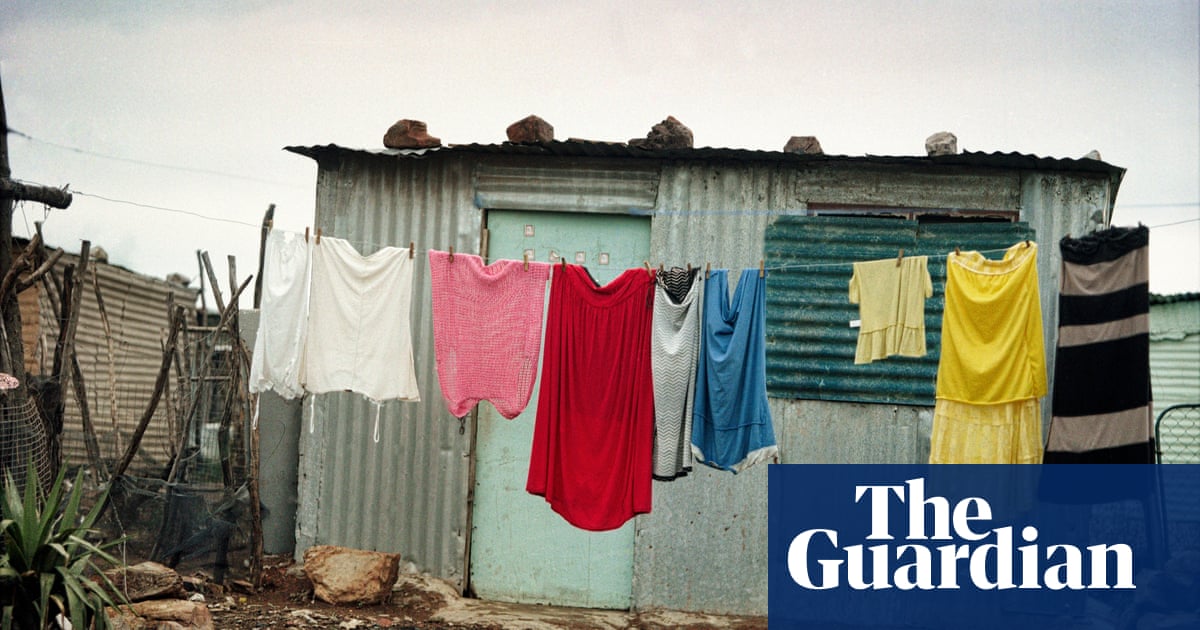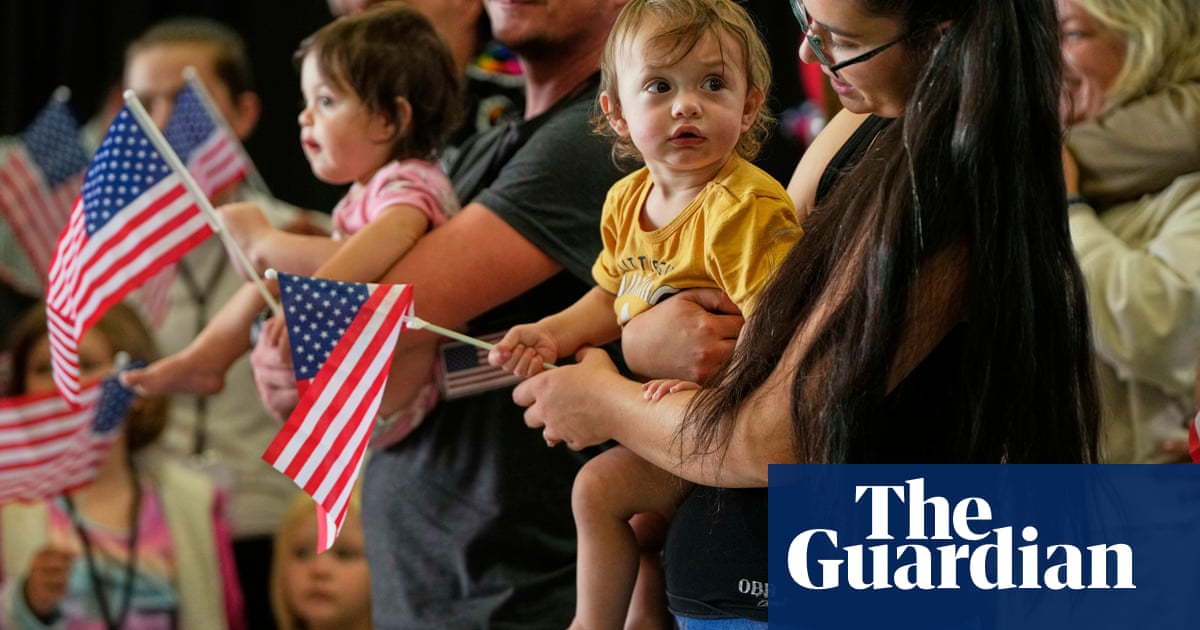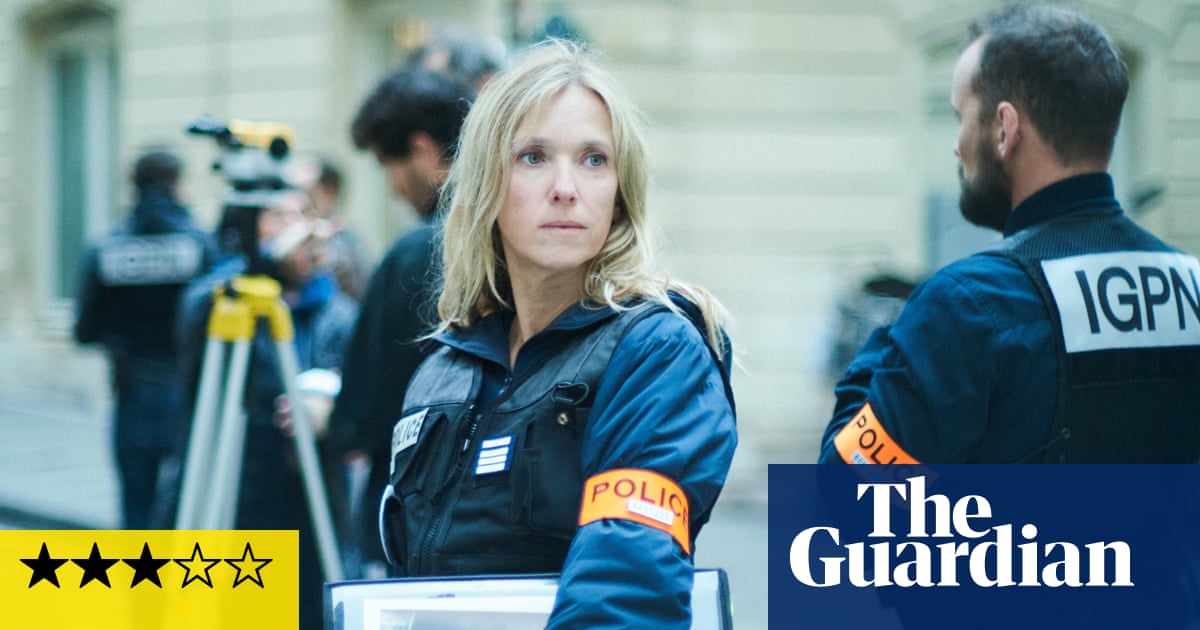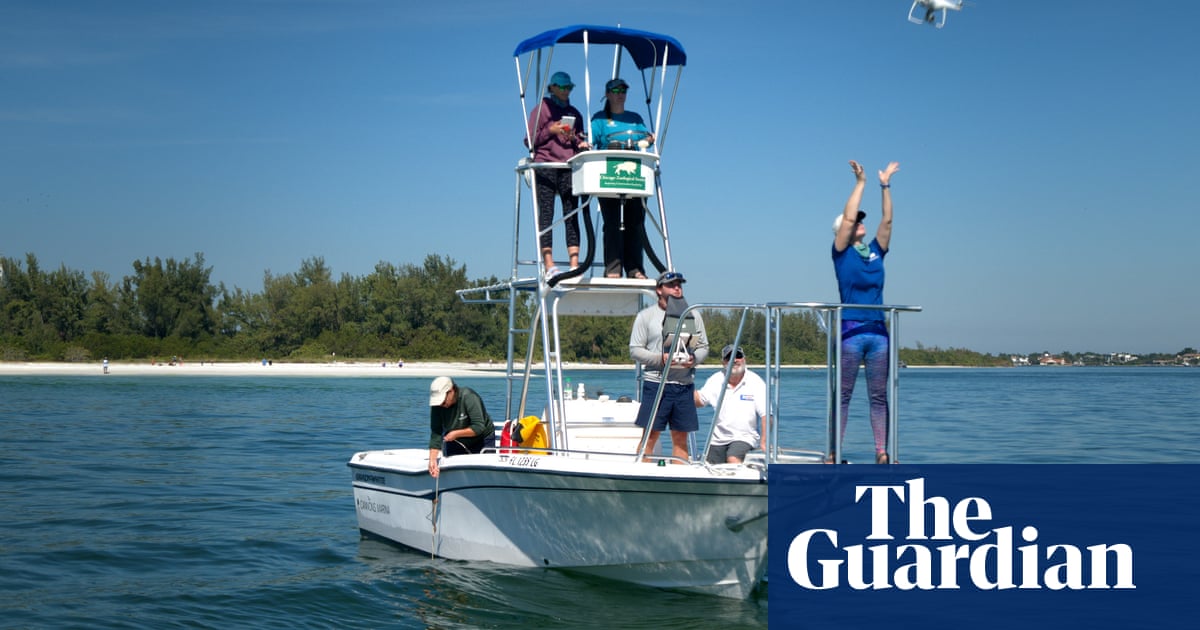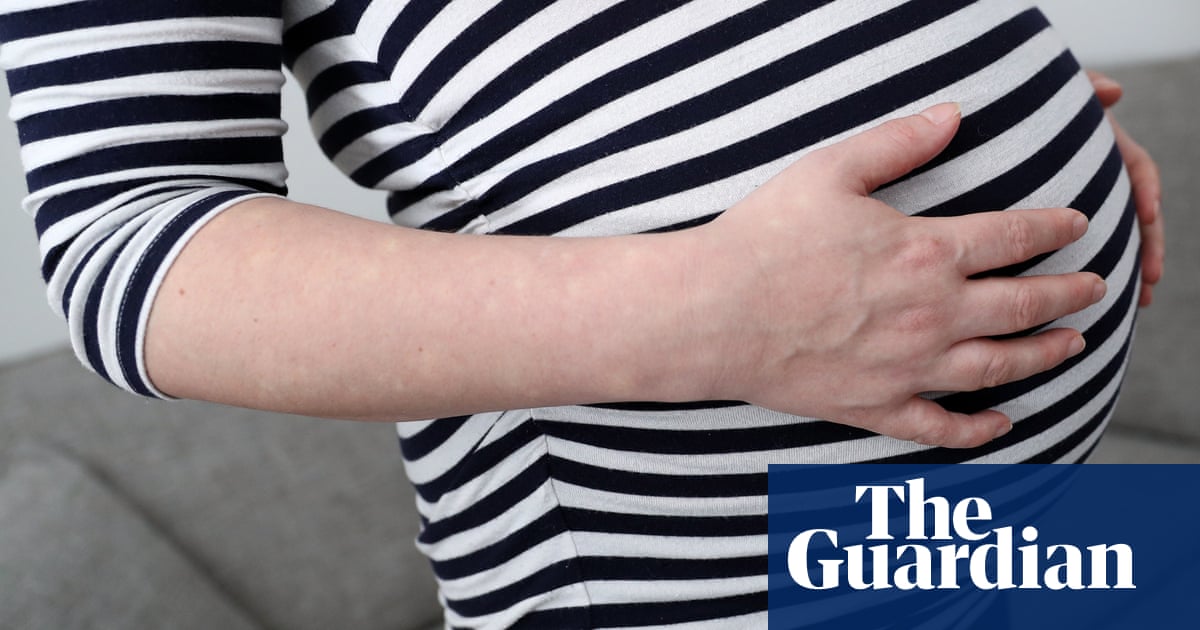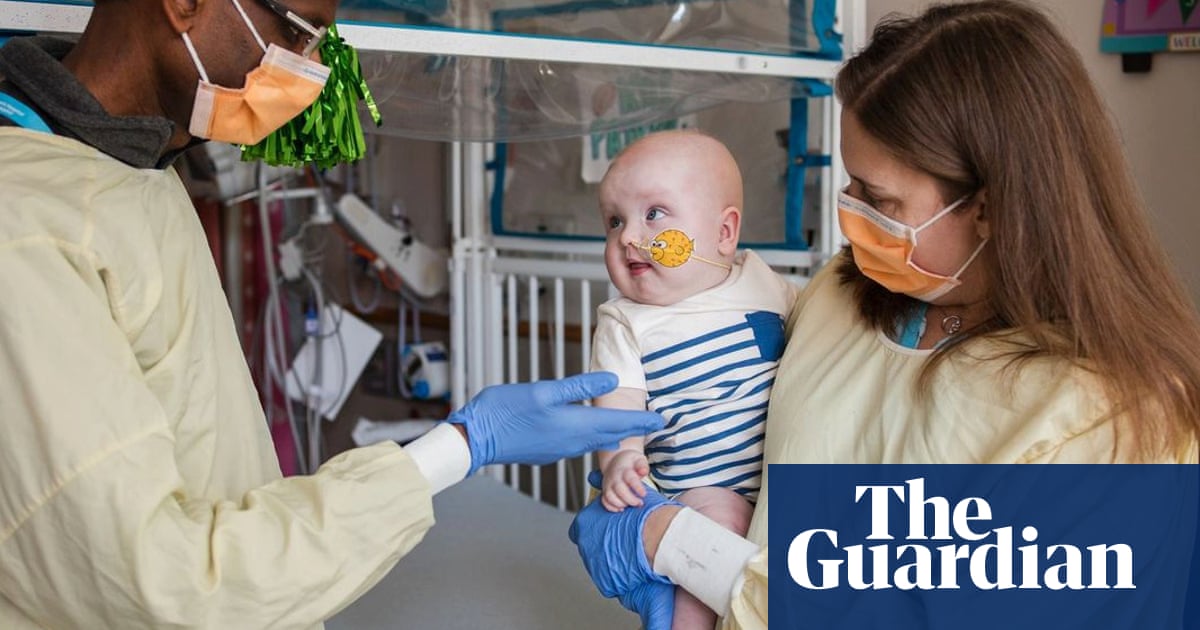The average prepper isn’t some end-times fantasist, more of a resourceful planner. They know that having healthy stockpiles of all basic needs pays off in case of natural disasters, electricity outages, or even the more basic reality of precarious employment. From food and water, to blankets, batteries and romance paperbacks – their basements bulge with the just-in-case.
As part of our Armageddon complex series on people preparing for end times, here are the stories of three preppers who were grateful they had made provisions.
Morana Revel: living in a car in Kentucky during the 2009 ice storm
I was raised off-grid. We didn’t have a lot of money. When we would travel, we would live out of the car. My mother always had Thermoses of water in the car, and lunchboxes filled with sandwiches. We’d sleep, there, too, on the backseat of a Ford Pinto. If we wanted entertainment, we’d sit up and watch the traffic go by on the side of the road. That’s how I first learned about prepping.
This upbringing was a useful primer for 2009, when my husband and I were moving into a trailer in Kentucky when a huge ice storm hit. It went all the way from Kansas to Tennessee and West Virginia, but Kentucky was hit the hardest. About 500,000 residences lost power for up to a week. We weren’t really moved in yet, so we couldn’t stay in our new mobile home and the storm was so bad that all the heavy trees around it were creaking. It didn’t feel safe. Plus the natural gas had been cut off, so there was no way to keep it warm.
First we tried to stay with a friend. But then we heard that my husband’s computer repair business was being vandalized by looters. So we set up in the car and parked out in front of the store, shotgun and all, in case the looters returned.
My husband was diabetic so I was very worried about his health. But our 1986 Toyota Camry had plenty of supplies: gallons of water, Mylar emergency blankets I’d gotten from Walmart, and plenty of romance novels for me to read. I put pillows on the floorboards and towels in the front windows for insulation.
I had to constantly keep an eye on the temperature with a digital thermometer I’d bought. My husband had neuropathy in his feet, so he could lose them if they got too cold. I used a kitchen timer set to 30-minute intervals to turn the car on to heat us up for a bit. I had to be careful running the engine too much. I had a battery-powered CO monitor. A lot of the people who died in Kentucky in that storm didn’t actually die from cold. They died because they were running generators and inhaling too much carbon monoxide. I was an experienced car camper, so I knew that could be a risk.
We had food stored in the trunk to keep it refrigerated, and then when we wanted to eat, we’d heat it up on the car’s engine.
Occasionally we’d go down the street to get a bit more gas, or back to the trailer to feed our cats – they were Maine coons, so they were furry enough to enjoy the cold. We weren’t. When we needed to stretch our legs, we’d get out and walk around my husband’s store. Word got out that we were there monitoring it, which I think kept the looters away.
I made to sure to bring my knitting needles to prevent boredom. I managed to knit a shawl and some slippers to help keep warm. I was working on a pair of socks, but I ran out of yarn.
We ended up living in the car for the five days. Just a few supplies and some knowhow allowed us to survive the ice storm.
At one point, the police came by the Camry, trying to get us to move to a shelter. But I showed them our blankets and my carbon monoxide monitor and our whole set-up and they let us keep camping in the car. I think they thought we were better off there than in a shelter.
Prepping list: emergency blankets, carbon monoxide monitor, romance novels
Adriaan: holed up by Hurricane Irma in 2017
I was living in Sint Maarten, a Dutch territory in the Caribbean, during Hurricane Irma in 2017. It was rated a category five hurricane. That’s only because there is no category six. We all knew it was coming.
On the island, infrastructure isn’t always reliable. If ships can’t come in, you can’t get food. And electricity is not always available. So even in day-to-day life you learn to stock up and prepare. I was prepared for no running water, no electricity and supply chain issues. But this was totally different.

The military was evacuating people from the island. They had an “air bridge”, where they used big cargo planes to transport residents. The roof of the airport terminal itself had been blown off. There was a triage system. Unfortunately, my wife and I were not eligible to leave, because we still had a roof over our head. If you were honest and said your home was still intact, you weren’t going anywhere.
The hurricane itself only lasted about 12 hours. But those winds were the strongest I had ever seen. We were living in a house on the side of a mountain, and I remember worrying that the whole building was just going to slide down the mountain. There was a hole in our front door, and water was just pouring through it, like it was coming out of a faucet. And that was three hours before the actual hurricane hit. The roof of our wooden porch ended up under my car. Later, when things settled down, I found a piece of it a few kilometres away. There were many moments during the storm where all I could think was: “OK, this needs to stop now.”
My wife and I spent the bulk of the storm in a little room inside our house with no windows, it was like a bunker. I had stored a bunch of tinned food but, to be honest, I’d been a little lazy about it. It was mostly tins of mixed vegetables and some bread in a freezer. It was not a very diverse menu. I got pretty hungry. I remember seeing a cricket on the ground, and thinking: “I should eat it.” I had to stop myself. It was almost as if instinct was taking over.
The most important tool through all this was my radio. I cannot emphasize enough the importance of a battery powered or hand-cranked radio. The first time I got a station, after about three days, they were just playing I Will Survive on repeat. That was weird. But then I was able to pick up emergency dispatch signals, which gave me some sense of what was going on. I also had a solar charger, which was really important. It allowed me to charge my phone. After the storm settled, I began walking around the island with a big blue notebook, collecting information from people and passing it on. I pretty much became the town herald!
Read more from The Armageddon complex series
In the aftermath, there was no public order. Electricity was still down across the island. Gas stations had been blown away. Supermarkets were closed for two weeks. Around 80% of the police force was homeless. There was a rumour going around that the military police had been attacked and all their automatic weapons had been stolen by gangs. I heard gunshots ringing out.
I was hoping that after the storm, everyone in Sint Maarten would feel a greater sense of community. That was not the case. Everyone had a short fuse. People were quick to anger. We’d all been through this traumatic event. The whole country had issues with handling post-traumatic stress. If you’ve lived through a disaster, you know how easy it is for things to fall apart.
Prepping list: a wind-up radio, tinned food, frozen bread
Chris White: tropical cyclones and unexpected unemployment in Brisbane, Australia
I grew up in Japan. My parents always told me you need an extra week’s supply of food and water on hand in case of emergencies. I’m not sure if it’s actually a law, but it’s definitely part of the culture. My wife is from North Queensland, in Australia and it was the same thing there. They’d have cyclones so you have supplies on hand in case the power grid goes down for a week. For both of us, that’s always been part of what you do.
In 2011, we got hit by Tropical Cyclone Tasha, which led to almost two months of rain, and flooding. They called it a “once-in-a-century” storm. But these once-in-a-century events keep happening. I think we’ve had three of them since then.
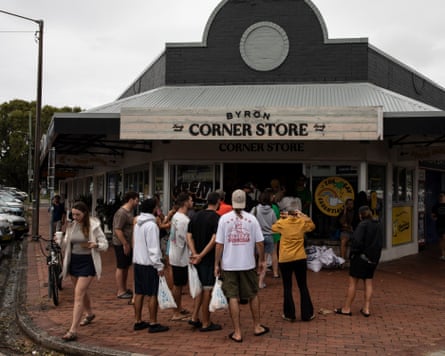
Cyclone Alfred hit us in March of this year. So we’ve just started restocking our supplies. We probably have about 10 days’ worth of food. It’s sort of a constant here. We were always prepared. During the last flood, a friend asked: “Are you guys not panicking?” I said: “No.” We had everything we need. When these floods happen, other people are out in the shops stripping the shelves. All we’ve ever had to leave the house for is beer.
But there are other benefits to prepping for these sorts of disasters. When my wife and I were both young in Australia, we were casual employees. It’s a kind of very precarious employment. You can just get sacked, and not have any recourse. We were getting by on very few work shifts. And we didn’t have a lot of money. So when we didn’t have any shifts, we always had a lot of food: tinned beans, pasta sauce, microwavable rice. Until you run out of money, you don’t appreciate how difficult it is to get food and get by.
It’s one thing I don’t think many people think about when they think about prepping. A lot of the people you encounter online, especially from America, feel like they’re prepping for nuclear war or total civilization collapse. More often you’re prepping for leaner periods, making sure you can get by without secure employment.
Prepping list: pasta sauce, microwavable rice, bottled water

 7 hours ago
6
7 hours ago
6


